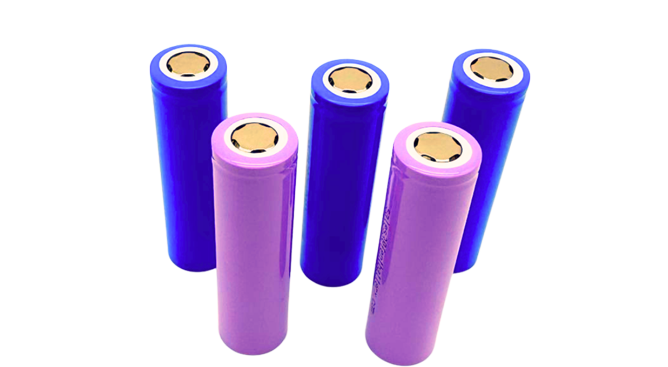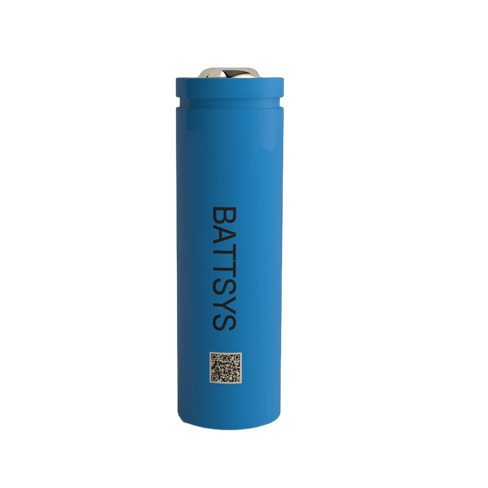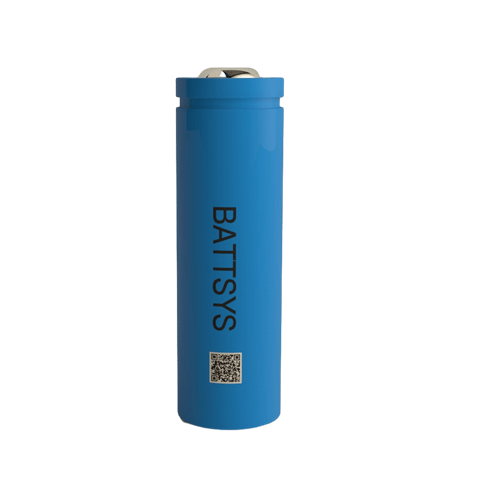Introduction to Aging Process and Formation of 18650 Battery.
After the production of batteries, if the electrical data is not practical, or the physical characteristics are not suitable (such as particles that are too large, loose contact, etc.), or the stage itself is incorrect (such as certain metal oxide negative alloy mechanisms), secondary charging and discharging should be carried out to activate it.

During the secondary charging process of high-temperature lithium batteries, Li is removed from the positive active material and embedded between the negative graphite material layers after passing through the electrolyte barrier electrolyte. In this process, electrons move from positive to negative along the peripheral circuit. At this point, due to the low potential of lithium ions embedded in the graphite negative, electrons will first react with the electrolyte to form an SEI film and some gases. What is the formation mechanism of SEI? It has a huge impact on high-temperature lithium batteries! In this process, there will be some gas consumption along with a small amount of electrolyte. Some battery manufacturers will perform battery exhaust and rehydration operations after this process. Especially for LTO batteries, there will be a large amount of gas causing the battery to expand by more than 10% in thickness. In the case of graphite, the gas production is low and there is no need for exhaust operation, because the SEI film presented during the secondary charging process prohibits further reaction between electrons and electrolyte, and the gas no longer exists. This is the source of the irreversible capacity of graphite based batteries, which indeed causes the loss of irreversible capacity, but also achieves the firmness of the battery. Secondly, aging refers to the possibility of abnormal temperature aging or high-temperature aging at the assembly position of liquid batteries after charging and conversion. Both are used to ensure the stability of the battery's electrochemical function by improving the properties and composition of the SEI film formed during initial charging and conversion. The aging population has three important goals:
After the pre molding process of the battery is completed, a certain amount of SEI film will be formed inside the graphite negative of the battery, but the film structure is dense and the pores are small. The aging of batteries at high temperatures helps to restructure the SEI structure, forming a fluffy and porous thin film.
2. The battery voltage is in an unstable stage, slightly higher than the actual voltage. The goal of aging is to make the voltage more accurate and firm. 3. Placing the battery at high temperature or room temperature for a period of time can ensure that the electrolyte can fully penetrate the battery cells, which is beneficial for the stability of the battery function. The aging process of high-temperature lithium batteries is essential, and in actual production, the battery charging and discharging process should be determined based on the battery data system and structural system. However, the battery must be charged and discharged under low current conditions. After these two critical steps, the volume of the battery is firmly secured and packaged, and other processes can be displayed.


